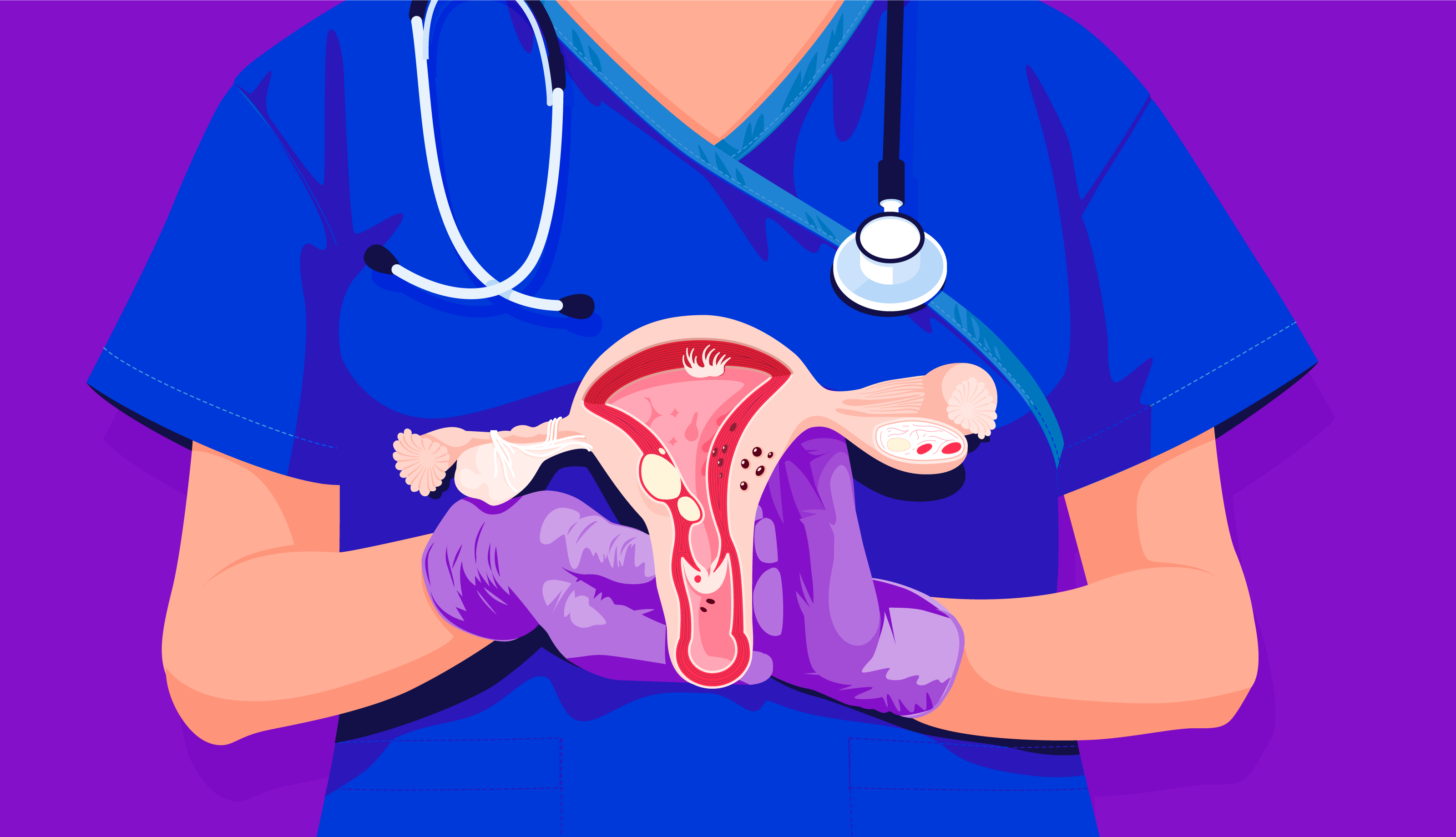The media bombards us with relative risks all the time, saying things such as “X TRIPLES your risk for cancer”, but these statements can be deceiving. Keep reading to learn the difference between absolute and relative risk, including how they can inflate or minimise your perception of risk.
- Absolute vs relative risk
- Real world consequences
- The medium is the message
- Final thoughts
- Article summary
The difference between absolute and relative risks
Understanding absolute and relative risks can help you interpret epidemiological research, such as studies investigating how much specific factors influence your disease risk.
Absolute risk measures the likelihood of a particular outcome, such as developing a disease, over a period of time. Whilst absolute risk measures the probability of something occurring, it doesn’t guarantee it will.
Relative Risk measures the difference in absolute risk between two groups based on their behaviours, environment and physical conditions, such as:
“Smokers are 2 to 4 times more likely to develop heart disease than non-smokers”.
The media often reports relative risk, but divorced from the absolute risk, it says nothing about the actual chances of an outcome occurring.
For example, if I say I have twice as many cars as my neighbour (relative wealth), that tells you very little about my car collection.
To calculate how many cars I have (absolute wealth), you need to know the number of cars my neighbour owns. Risk is much the same.
Let’s look at a real-life example found in a major report a few years back.
But what does that mean? The 18% increase expresses the relative risk (18% more than someone not eating 50g of processed meat), but this figure is meaningless on its own; to quantify how much risk processed meat poses, you need to look at it in the context of the absolute or “baseline” risk.
In other words, you need to know the chance of developing bowel cancer without eating 50g of processed meat. So let’s work it out.
According to Cancer Research UK, the absolute risk for developing bowel cancer is around 5%, meaning 5 in every 100 people would be expected to develop bowel cancer even without eating a large bacon sandwich daily.
Now we know the absolute baseline risk, we can calculate the actual added risk of processed meat.
An 18% relative increase of 5% translates to about 6%, meaning there is a 1% increase in absolute risk for those eating a bacon sandwich daily.
Put more simply, for every 100 people who eat 50g of processed meat daily, there will be one extra case of bowel cancer compared to those abstaining.
Reporting the 18% increase in relative risk alone could give the impression that your absolute risk increases by 18%, which is not the case.
Real world consequences

In 1995 the UK Committee For The Safety Of Medicine issued a release saying a specific type of contraceptive could double women’s relative risk of blood clots.
In response, numerous women stopped taking the pill, resulting in a significant spike in abortion rates; evidently, they perceived a “doubling” of risk to be too high a price relative to the treatment’s benefits.
The risk of developing blood clots without taking the contraceptive was estimated to be 1 in 7000- for every 7000 women, one would be expected to develop a blood clot.
With this information, we can calculate the absolute risk of taking contraceptives by doubling the baseline risk- 1 in 7000.
So for those taking the contraceptive, the risk of blood clots rises to 2 cases in every 7000 women.
Expressed like that, fewer women might have chosen to abandon the pill altogether in 1995.
The contraceptive case study demonstrates a crucial point; If the absolute risk is low, say 1 in 1 million, even a 200 per cent relative increase could be minuscule (rising to 3 in 1 million).
On the flip side, if the absolute risk of something is high, say 1 in 10, a 5 per cent increase could be compelling.
A headline from a few years back demonstrates this exceptionally well.
“CT scans in childhood can triple the chance of developing brain cancer.”
That could also be expressed as a 200 per cent increase in brain cancer risk- would it make you think twice about CT scans? Hold your answer whilst we dig a little deeper.
According to Cancer Research UK, 0.4 per 10,000 children aged 0-9 develop brain tumours- that’s the baseline or absolute risk.
A tripling in risk equates to about one extra case of brain cancer for every 10,000 children receiving CT scans.
Does hearing the statistic in that way change your stance on CT scans? If it did, you’re not alone.
Next time you see a startling statistic, take a moment to dig deeper and find the baseline risk. Otherwise, it’s impossible to quantify how much a treatment or event influences your actual health risk.
Risk communication: the medium is the message

Research consistently shows that how we frame a risk statistic influences a person’s perception of the risk expressed.
And according to the Winton Programme based at Cambridge University, there are almost 3000 different ways to express an event/interventions impact on risk.
In one study, those told a particular type of cancer kills 2,414 out of 10,000 rated it deadlier than another, killing 24.14 out of 100.
Both numbers express the same proportions, but they are perceived very differently.
Positive/negative framing
Studies show that whether something is framed positively or negatively can influence risk perception as well; people are more inclined to play a game they “have a 10% chance of winning” than one they “have a 90% chance of losing”, even though they mean the same thing.
A classic experiment demonstrates this particularly well, showing how we express risk can decide whether someone opts for medical treatment or abstains.
In the study, two groups were shown statistics about the safety of surgical treatment- one framed positively and the other negatively. The two statements are shown below:
Negative
Of 100 people having surgery for lung cancer, ten will die during treatment, 32 will have died by one year, and 66 will have died by five years. Of 100 people having radiation therapy, none will die during treatment, 23 will die by one year, and 78 will die by five years.
Positive
Of 100 people having surgery, 90 will survive treatment, 68 will be alive at one year, and 34 will be alive at five years. Of 100 people having radiation therapy, all will survive treatment, 77 will be alive at one year, and 22 will be alive at five years.
42% of respondents preferred radiation therapy in response to negative framing, compared to 25% when surgery was framed in a positive light! As these studies show, the numbers don’t always speak for themselves.
Those reporting health statistics have a responsibility to format risk statistics clearly, empowering people to make health choices not from fear but based on the facts.
But there will always be alarmist headlines, making it all the more critical that the general public discerns between absolute and relative risk.
Hopefully, this article will empower you to make sense of headlines discussing risk and make health decisions with a clear understanding of the risks involved.
Final thoughts
How we communicate and interpret risk has far-reaching and grave consequences, influencing whether people take certain medications, alter their diets or even allow their children to receive a CT scan.
Ultimately, we must all decide for ourselves how much risk is too much, but it’s important people have the necessary understanding to put risk into perspective before making major health decisions.
A key part of this is understanding the difference between absolute and relative risk, as laid out in this article.
Article summary
- Absolute risk measures the likelihood or probability of a particular event, such as developing a disease.
- Media headlines saying something “doubles your risk of cancer” can be misleading, as they refer to relative risk.
- Relative risk measures how much more likely one group is to experience an outcome than another, but without knowing the baseline or absolute risk, it says nothing about your actual risk.
- People’s perception of risk can change depending on how statistics are presented- as decimals, percentages, fractions, or graphs.
- It is vital that the general public understand the difference between absolute and relative risk to put health headlines into perspective.
☝️DISCLAIMER☝This article is for informational purposes only. It is not intended to constitute or be a substitute for professional medical advice, diagnosis, or treatment.



















